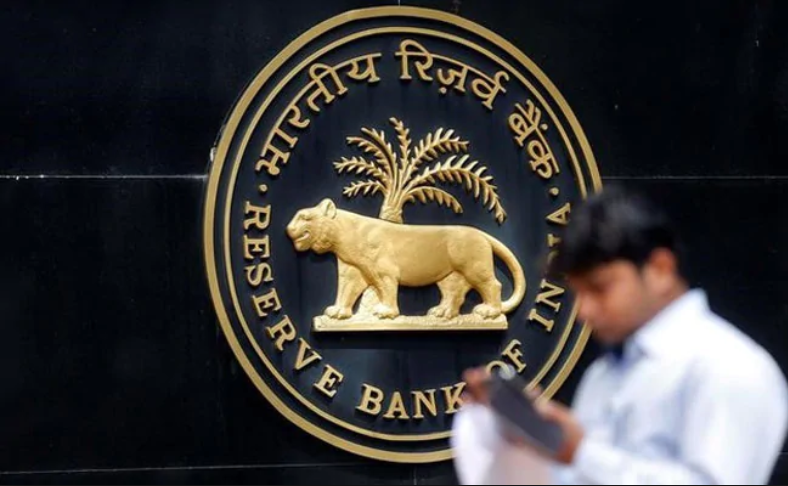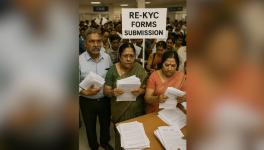NBFCs Debt Worth Rs 1.7 lakh Crore at Risk, Warns Crisil Rating

File Photo
Rating agency Crisil on April 9 warned that the non banking finance companies’ (NBFCs’) debt worth Rs 1.7 lakh crore, maturing by June 2020 in scheduled banks, may be at risk of not being paid. The Reserve Bank of India on March 27 had announced a “COVID-19 regulatory package” permitting banks and other financial institutions to allow a three-month moratorium on payment of loans. However, banks had excluded NBFCs from the moratorium. Meanwhile, NBFCs are required to allow moratoriums to their borrowers as per the central bank’s directions.
Crisil has described this as a “double whammy” for NBFCs. “Given the challenges in access to fresh funding, and presuming nil collections, Crisil’s study underscores that a number of NBFCs will face liquidity challenges if they do not get a moratorium on servicing their own bank loans and are forced to meet all debt obligations on time,” said Krishnan Sitaraman, senior director of Crisil in the credit alert report.
“With collections minimal and the moratorium only for their borrowers, raising fresh funds is critical, especially because NBFCs, unlike banks, do not have access to systemic sources of liquidity and depend significantly on wholesale funding,” Crisil said.
Recently, several NBFCs involved in lending to small scale business entities have requested the Home Ministry to allow them to remain partially open amid lockdown on the lines of operational financial services such as banks and insurance companies.
Also read: Since September 2018, NBFC Sector Crisis Has Only Intensified
Amid the economic disruptions due to the pandemic, experts and rating agencies are cautioning that the deepening crisis in the NBFC sector is worrisome to both the banking sector and the economy. The crisis in the NBFC sector is believed to be one of the main triggers of the economic slowdown that the country has faced in the months preceding the pandemic.
The holes in NBFC sector in the country started emerging in the second half of 2018 with the collapse of Infrastructure Leasing and Financial Services (IL&FS) which was followed by the fall of another NBFC, Dewan Housing Finance Limited (DHFL). According to RBI data, the outstanding borrowing of NBFCs is reported as Rs 7 lakh crore.
Although the RBI has allowed NBFCs to raise money through the targeted long-term repo operations (TLTRO) route from banks under its recent package, experts argue that with state governments and corporations raising money through this route, it has become difficult for NBFCs to raise money.
According to RBI data, gross NPAs (non-performing assets) or bad loans of NBFCs stood at 6.6% at the end of March 2019.
Considering the impact of the crisis in the NBFC sector on the economy in the recent past, it is crucial for both the government and the RBI to take measures for containing further disruptions.
Get the latest reports & analysis with people's perspective on Protests, movements & deep analytical videos, discussions of the current affairs in your Telegram app. Subscribe to NewsClick's Telegram channel & get Real-Time updates on stories, as they get published on our website.
























